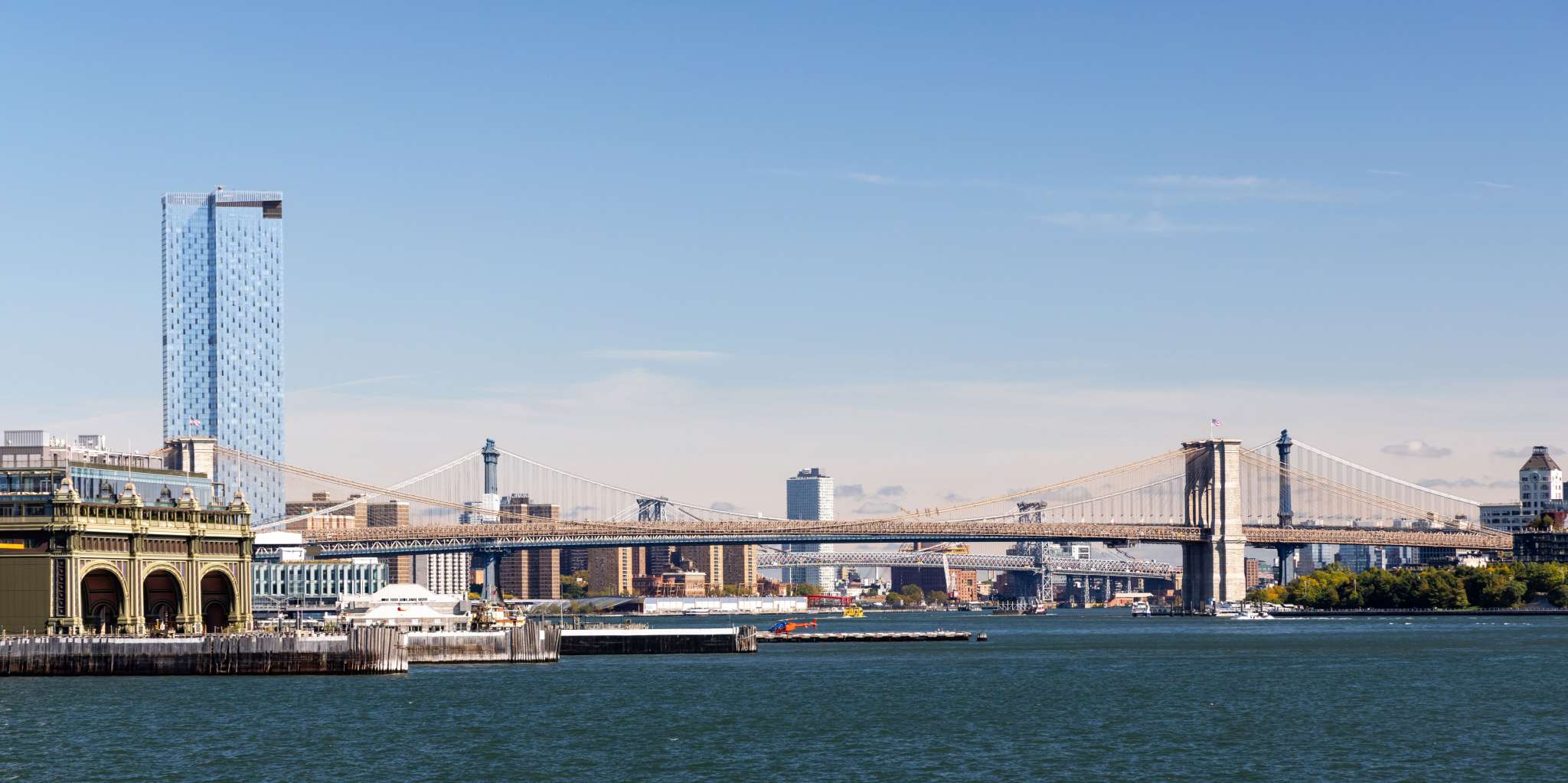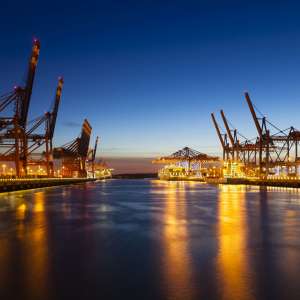Shipping From Indonesia To New York Sea Port
The Comprehensive Guide
Latest update on 13 August, 2024 by Tim Tse– Marketing Analyst at FreightAmigo
Want To Compare The Best Express, Air Freight, Sea Freight, Rail Freight & Trucking Rates So As To Have Better Control On Cost?
Understanding Shipping from Indonesia to New York Sea Port
Shipping from Indonesia to New York Sea Port involves a complex network of stakeholders, including exporters, importers, freight forwarders, shipping lines, customs authorities, and various intermediaries. Each entity plays a crucial role in ensuring the smooth and timely movement of cargo from its origin to its destination.
To effectively manage this intricate process, it is essential to grasp the following key aspects:
- Export Procedures: Understanding the export documentation, customs clearance, and regulatory requirements in Indonesia is the first step in the shipping journey.
- Ocean Freight: Selecting the appropriate mode of ocean transportation, be it full container load (FCL) or less-than-container load (LCL), is crucial for cost optimization and efficient cargo handling.
- Import Procedures: Familiarizing yourself with the import regulations, customs clearance processes, and documentation requirements in the United States is vital to ensure seamless entry of your cargo into the country.
Key Logistics Involved in Shipping from Indonesia to New York
- Inland Transportation:
- In Indonesia, your cargo may need to be transported from the manufacturing facility or warehouse to the port of origin, typically via truck or rail.
- Efficient inland transportation plays a crucial role in ensuring timely delivery of goods to the port for export.
- Port Operations:
- At the Indonesian port, your cargo will undergo various processes, including documentation checks, customs clearance, and loading onto the ocean vessel.
- Coordinating with the port authorities and shipping lines is essential to ensure smooth port operations.
- Ocean Transit:
- The ocean transit from Indonesia to New York Sea Port typically involves multiple transshipments and can take several weeks, depending on the shipping route and mode of transportation chosen.
- Monitoring the vessel’s progress and coordinating with the shipping line is crucial during this stage.
- Customs Clearance and Delivery:
- Upon arrival at New York Sea Port, your cargo will undergo customs clearance procedures and inspections by the relevant authorities.
- Proper documentation, compliance with regulations, and timely coordination with the customs broker are essential to avoid delays or penalties.
- Once cleared, your cargo will be transported to its final destination within the United States, often via truck or rail.
Major Shipping Routes from Indonesia to New York Sea Port
- Via the Suez Canal:
- This route involves transiting through the Suez Canal, connecting the Mediterranean Sea and the Red Sea.
- Vessels typically sail from Indonesian ports to the Suez Canal, then through the Mediterranean Sea, across the Atlantic Ocean, and finally to New York Sea Port.
- This route is often preferred for its shorter transit times compared to alternative routes.
- Via the Strait of Malacca and the Cape of Good Hope:
- This route involves sailing from Indonesian ports through the Strait of Malacca, across the Indian Ocean, around the Cape of Good Hope, and then across the Atlantic Ocean to New York Sea Port.
- While this route is longer in terms of distance, it can be more cost-effective for certain types of cargo or shipping lines.
- Via the Panama Canal:
- This route involves transiting through the Panama Canal, connecting the Pacific and Atlantic Oceans.
- Vessels sail from Indonesian ports across the Pacific Ocean, through the Panama Canal, and then up the East Coast of the United States to New York Sea Port.
- This route can be advantageous for certain types of cargo or shipping lines, depending on factors such as transit times, costs, and vessel availability.
Conclusion
Shipping cargo from Indonesia to New York Sea Port is a multifaceted undertaking that demands meticulous planning, precise execution, and seamless coordination among various stakeholders. Understanding the critical logistics processes, prominent shipping routes, and industry best practices is paramount to optimizing your supply chain operations and guaranteeing the efficient and reliable transportation of your goods. If you aim to ship from Indonesia to New York Sea Port, please visit FreightAmigo.com, to explore how FreightAmigo can bolster your shipping requirements and support your shipping needs. By leveraging the right resources and expertise, you can navigate the complexities of international shipping with confidence, ensuring the timely and cost-effective delivery of your goods to their desired destination.
If You’re Looking To Ship From Indonesia to New York Sea Port, Please Go To The FreightAmigo Page For Inquiries
Read more:
A Comprehensive Guide to Shipping from Zhuhai to US | FreightAmigo
A Comprehensive Guide to Shipping From Wuhan To US | FreightAmigo
A Comprehensive Guide To Freight From Beijing To US | FreightAmigo
If you have any inquiries on logistics / supply chain, feel free to contact FreightAmigo now:
Chat with us online | Hotline: +852 28121686 | WhatsApp: +852 27467829










































